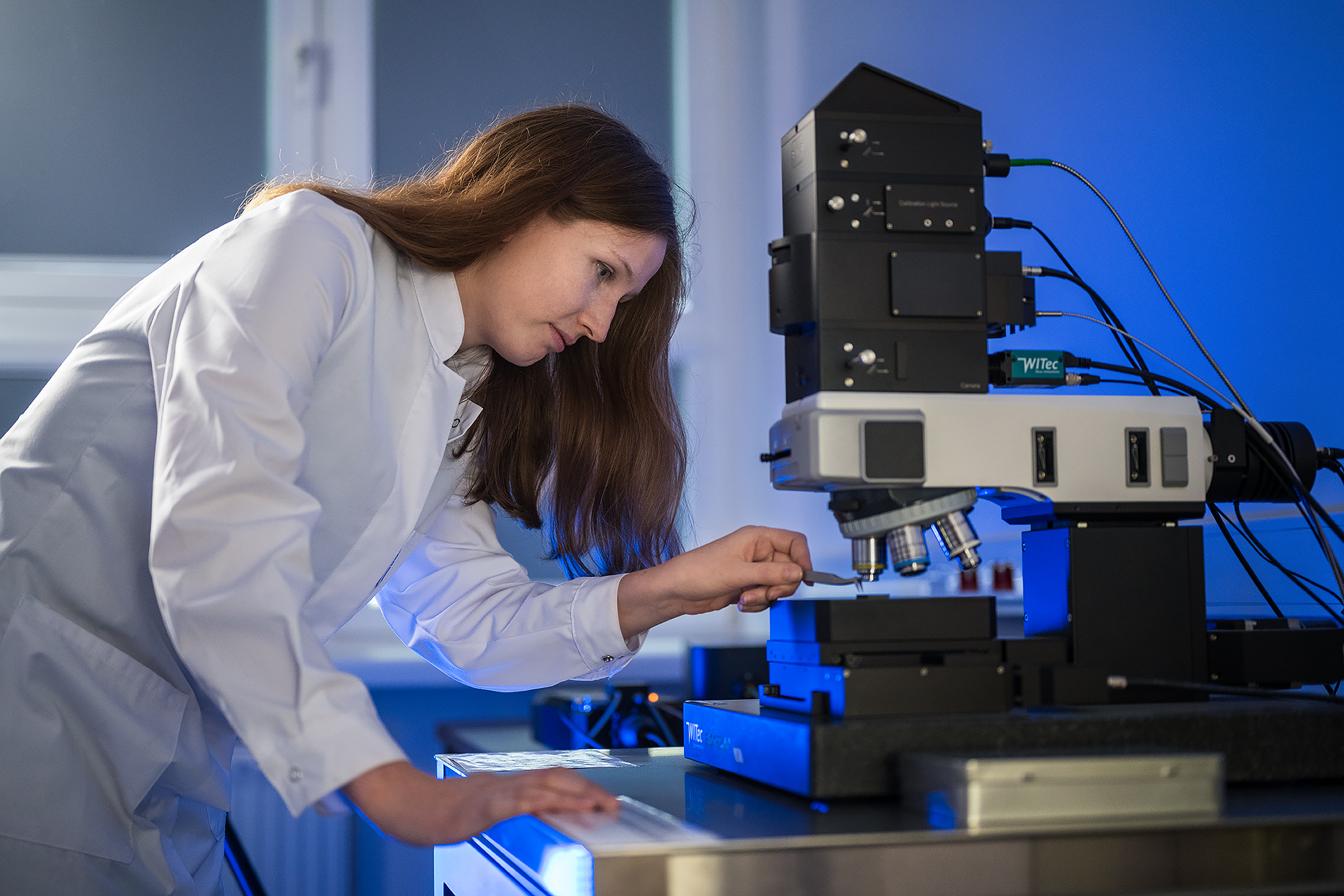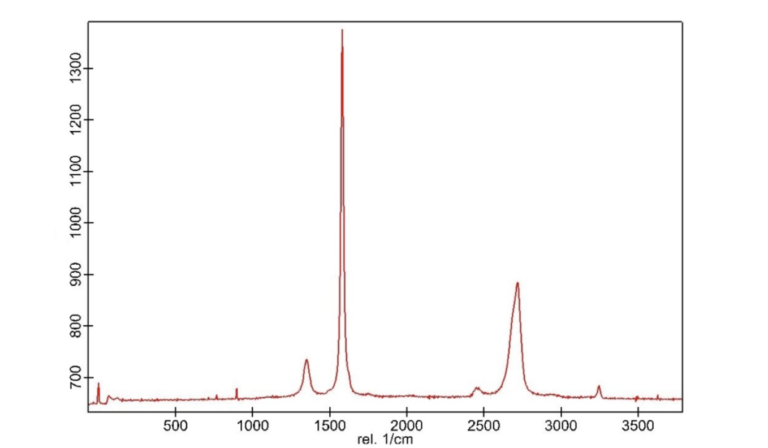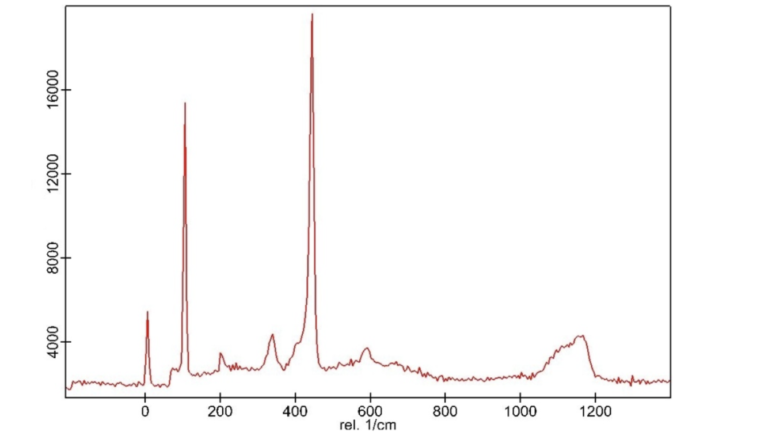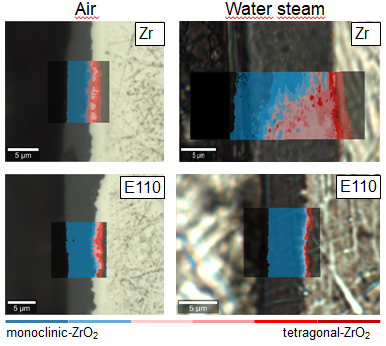NonDestructive Spectroscopy Research Lab
Non-destructive testing laboratory – WITec alpha300 R confocal Raman microspectroscope
Raman spectroscopy is a versatile analytical technique enabling qualitative and quantitative study on an investigated material. The Raman effect is based on the incoherent scattering of monochromatic incident light by the sample. The interaction of photons with the material results in the absorption of an energy quantum corresponding to the difference in vibrational energy levels, leading to specific changes in the length of the scattered wave. The measured change is presented as a Raman spectrum, characteristic of the given substance. Almost all chemical compounds may be easily identified using their unique spectral “fingerprint”. This method is used in the medical, chemical and pharmaceutical sectors, for the study of semiconductors, and in broadly understood materials science
The laboratory possesses a high-performance confocal Raman microspectroscope (WITec alpha 300 R) with an ultra-high throughput, thermoelectrically cooled diffuse radiation detector and CCD camera. This instrument is perfect for ultrafast and non-destructive tests and is most commonly used for qualitative and quantitative analysis of solids, liquids and gases. It provides results of high accuracy without prior sample preparation. In addition, the laboratory is equipped with a Linkam TS1000 high-temperature chamber. Therefore, it is possible to perform the in-situ study on phase transitions or corrosion up to 1000 °C.
Characteristics of the WITec alpha300 R microspectroscope:
- The excitation radiation source is a 532 nm Nd:YAG laser. The maximum possible power on the sample is 30 mW, which can be controlled with an accuracy of 0.01 mW. The laser spot size depends on the used objective: 1180 nm and 722 nm for magnifications of x50 and x100, respectively.
- The confocal microscope is equipped with a set of Zeiss objectives with magnifications of x10, x50 and x100. Video camera enables ample observation and recording in visible light.
- The spectrometer is equipped with two diffraction gratings: 600 lines/mm and 1800 lines/mm.
- Detector operates in the range of 100-3800 cm-1 with an operating temperature of -60 °C.
- Anti-vibration table
- Automatic XYZ piezostage microscope with control system
- WITec Project FIVE 5.2 PLUS software is used to analyse the obtained spectra.
- Linkam TS1000 high-temperature chamber enables in-situ measurements up to 1000 °C. Maximum sample size: 17 mm diameter, 3 mm height.
Examples of performed research
1. Single-point confocal Raman measurements
Analysis parameters:
- measured spectral range: 100-3800 cm-1
- laser with a wavelength of 532 nm
- analysis of solids, powders, liquids as well as aqueous solutions
- out non-contact and non-destructive analysis using an automatically controlled, motorized microscope table (XYZ control)
- facile sample preparation
- wide range of sample dimensions


Raman spectrum of IG110 graphite.

Raman spectrum of a ZnO layer impalanted with rare earth ions.
wide
range of sample dimensions
wide range of sample dimensions

Exemplary fitting with the Voigt function to separate bands in the Raman spectrum of monoclinic zirconium oxide.
2. Raman imaging
2D Raman imaging (mapping) allows determining the homogeneity of the sample, analysis of phase distribution and their weight ratio
Analysis parameters:
- measured spectral range: 100-3800 cm-1
- 532 nm laser
- the lateral resolution of analysis: 0.1 μm
- wide area of the surface may be analyzed
Example of analysis:
